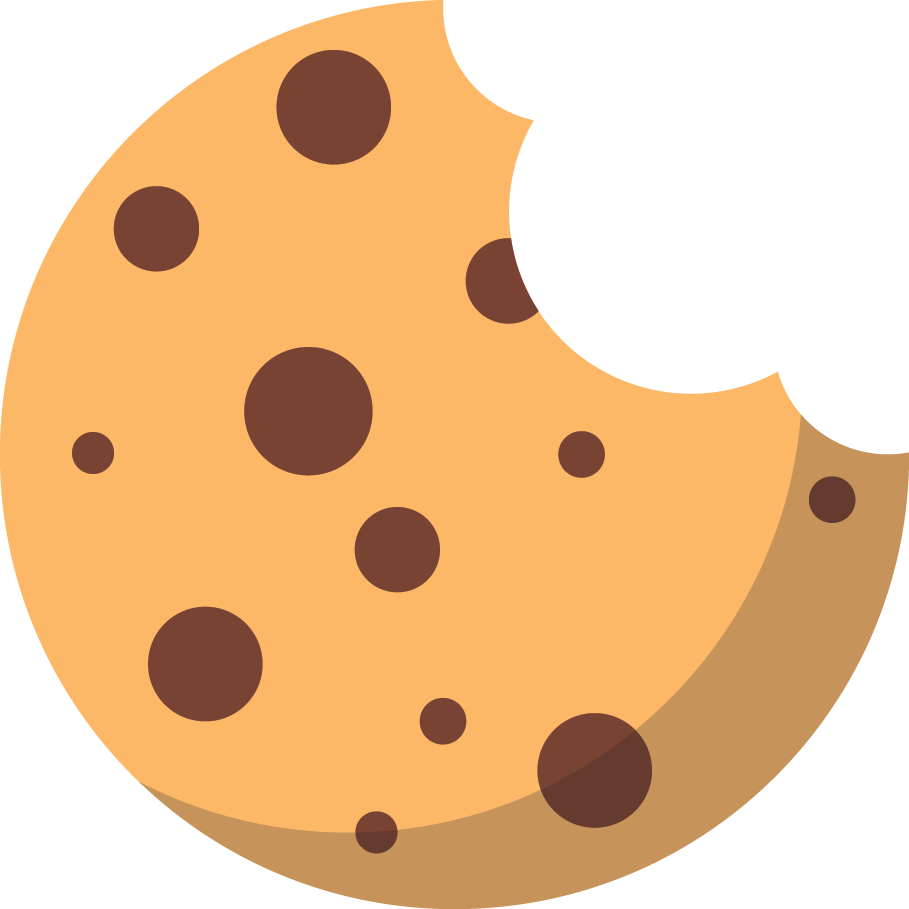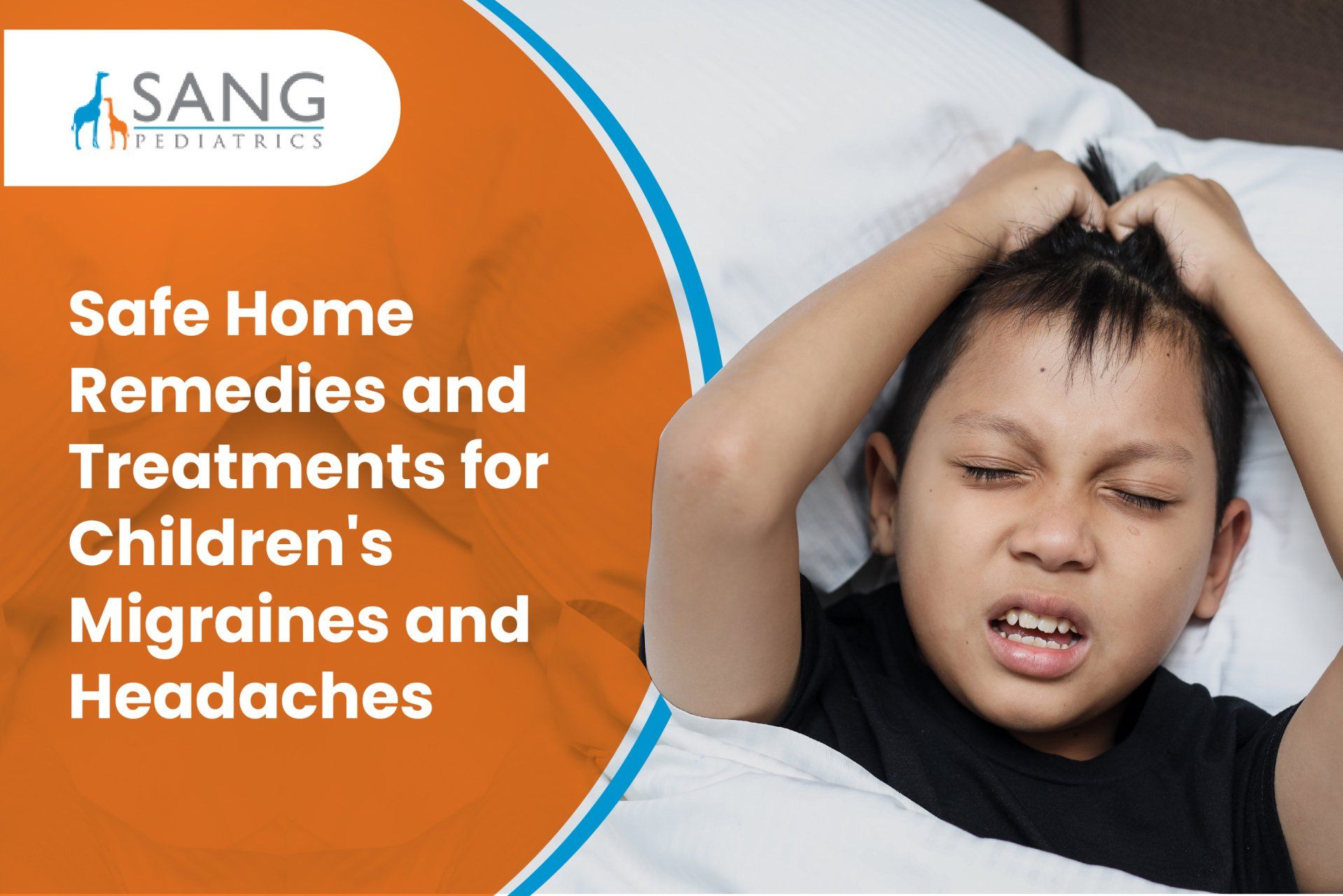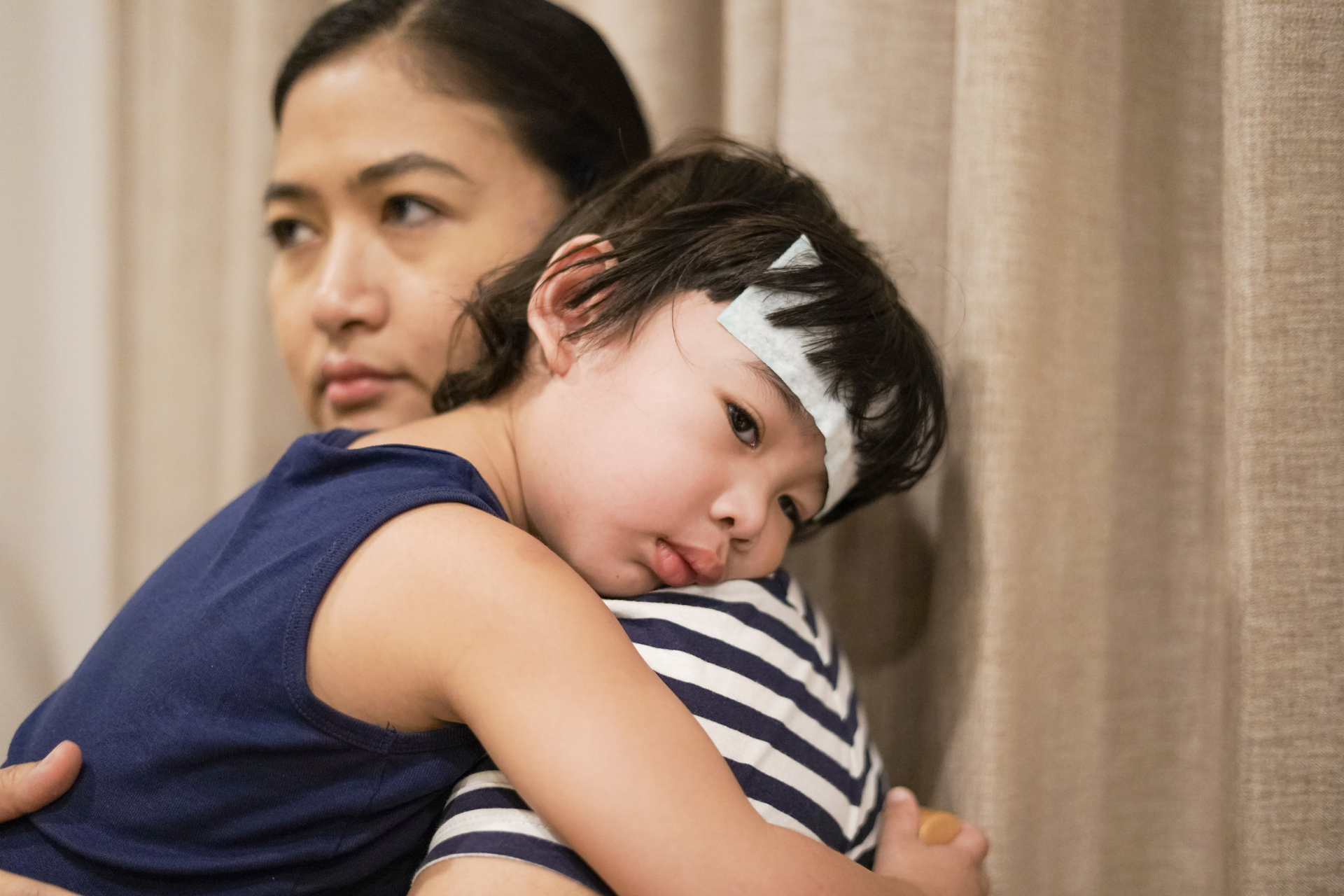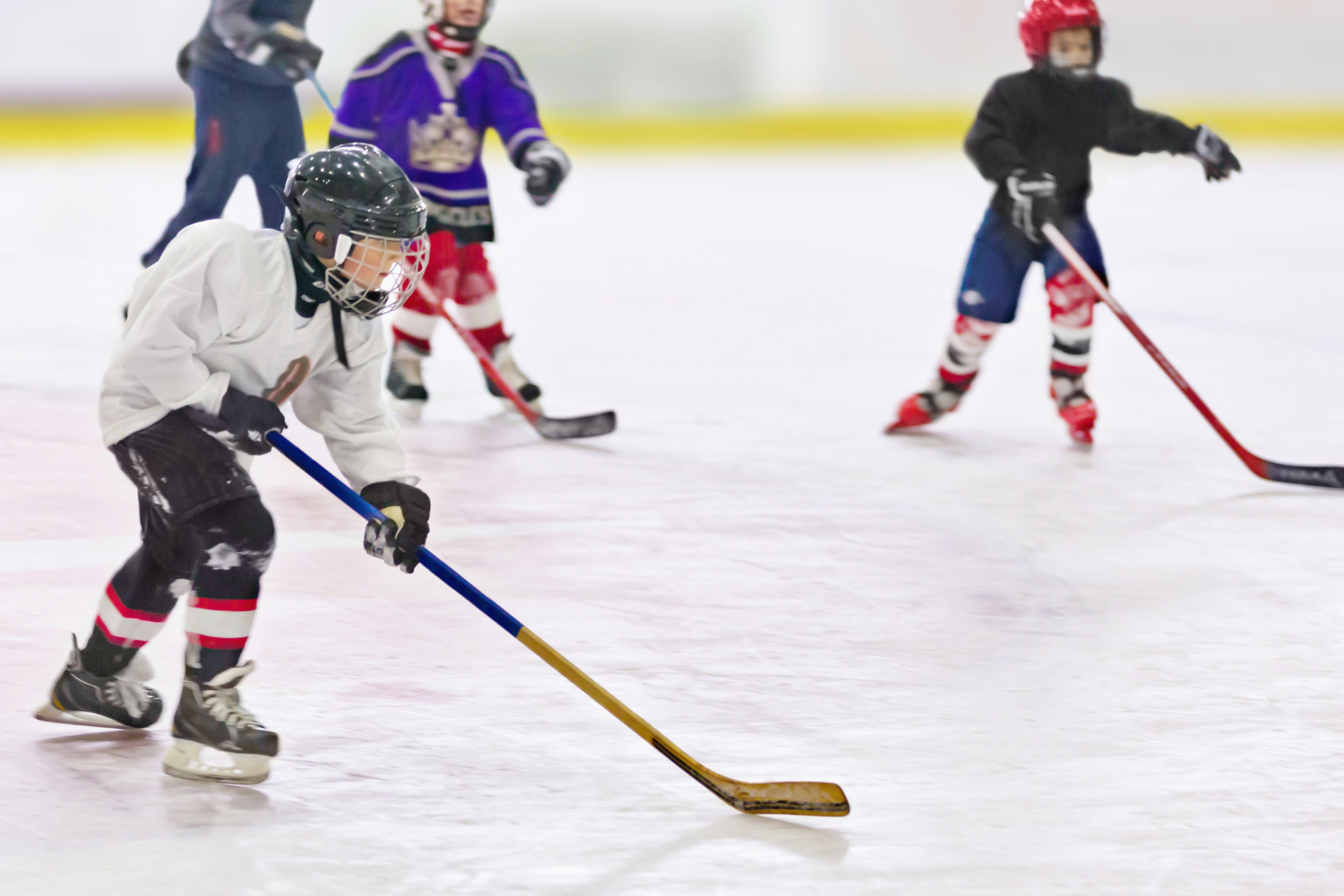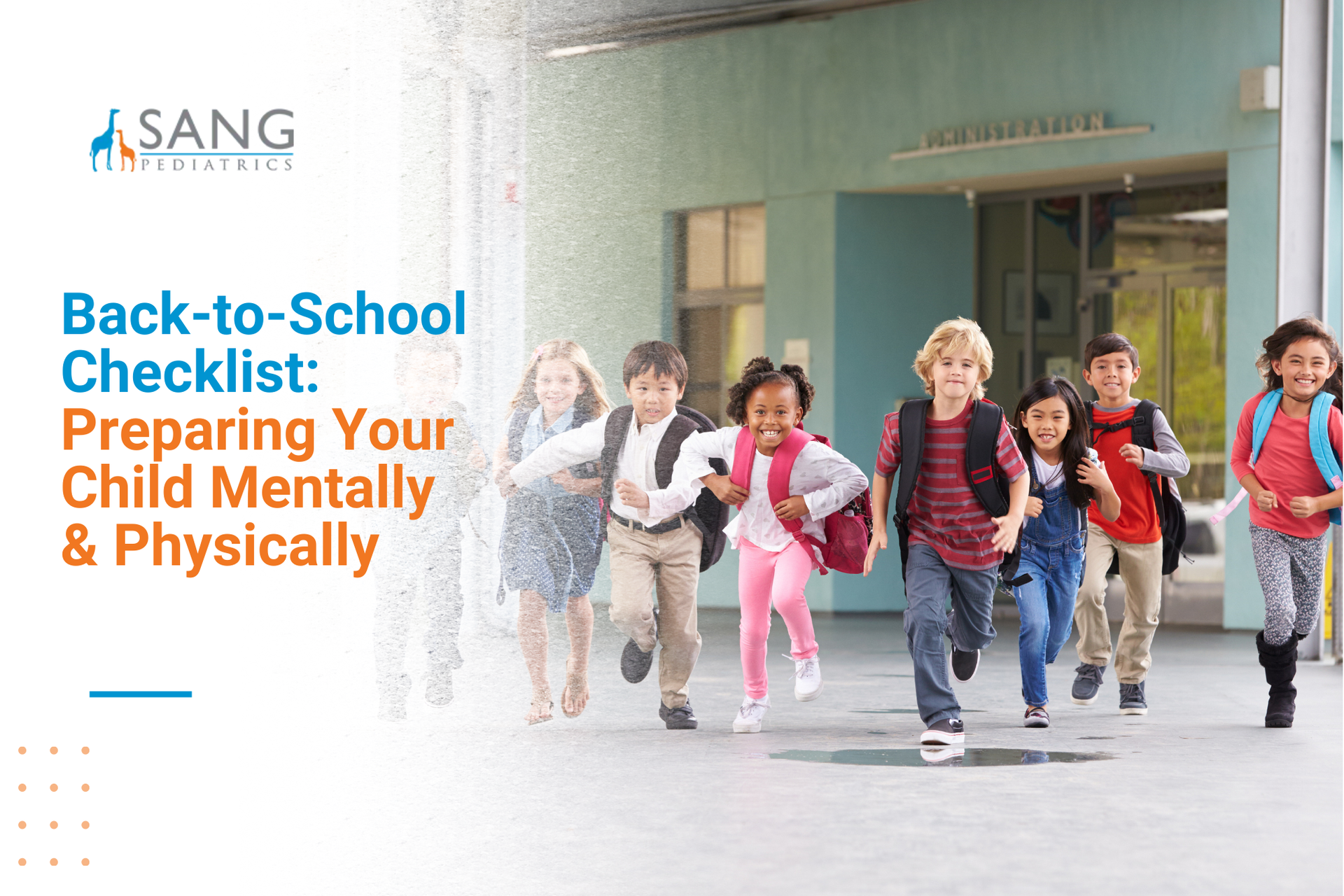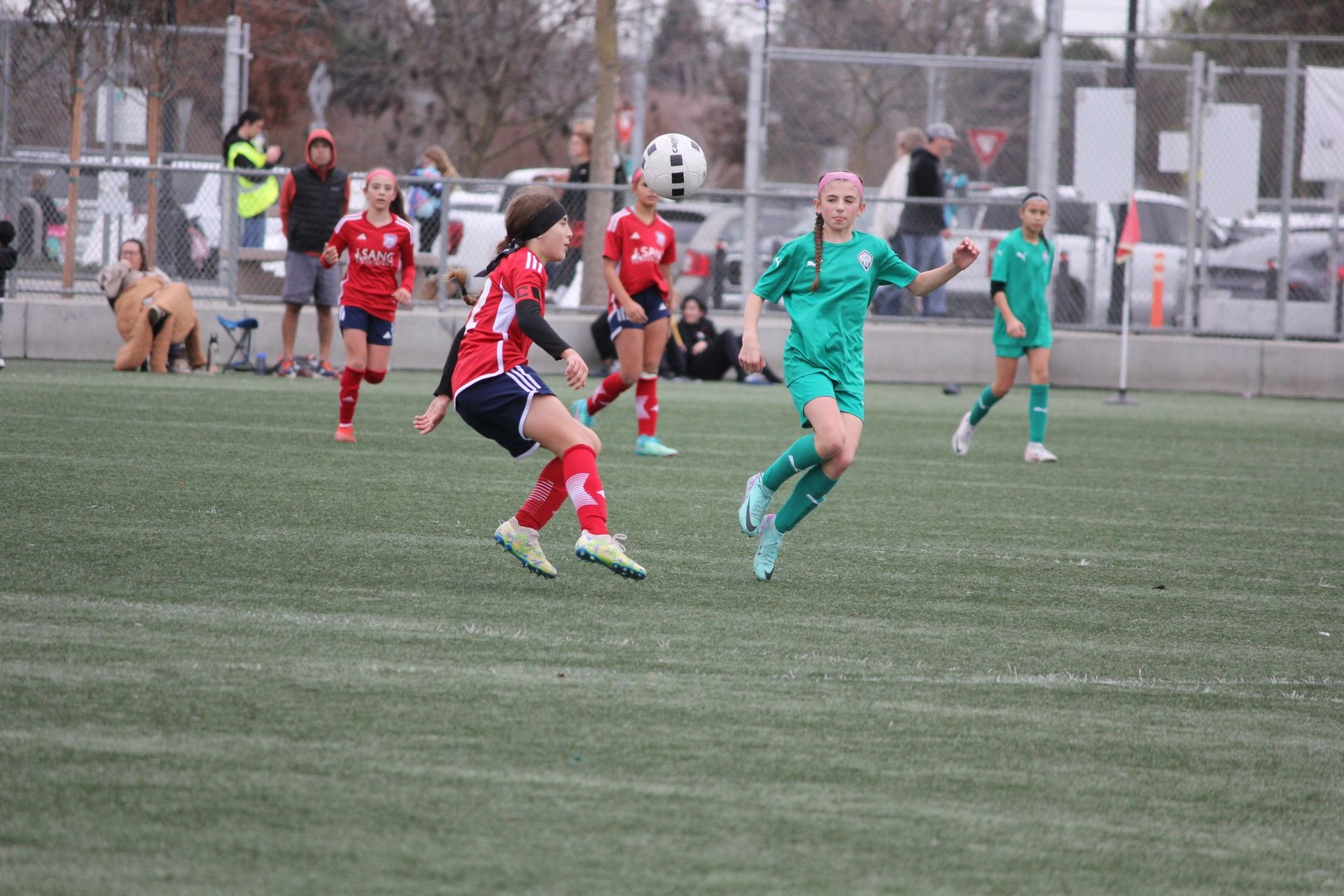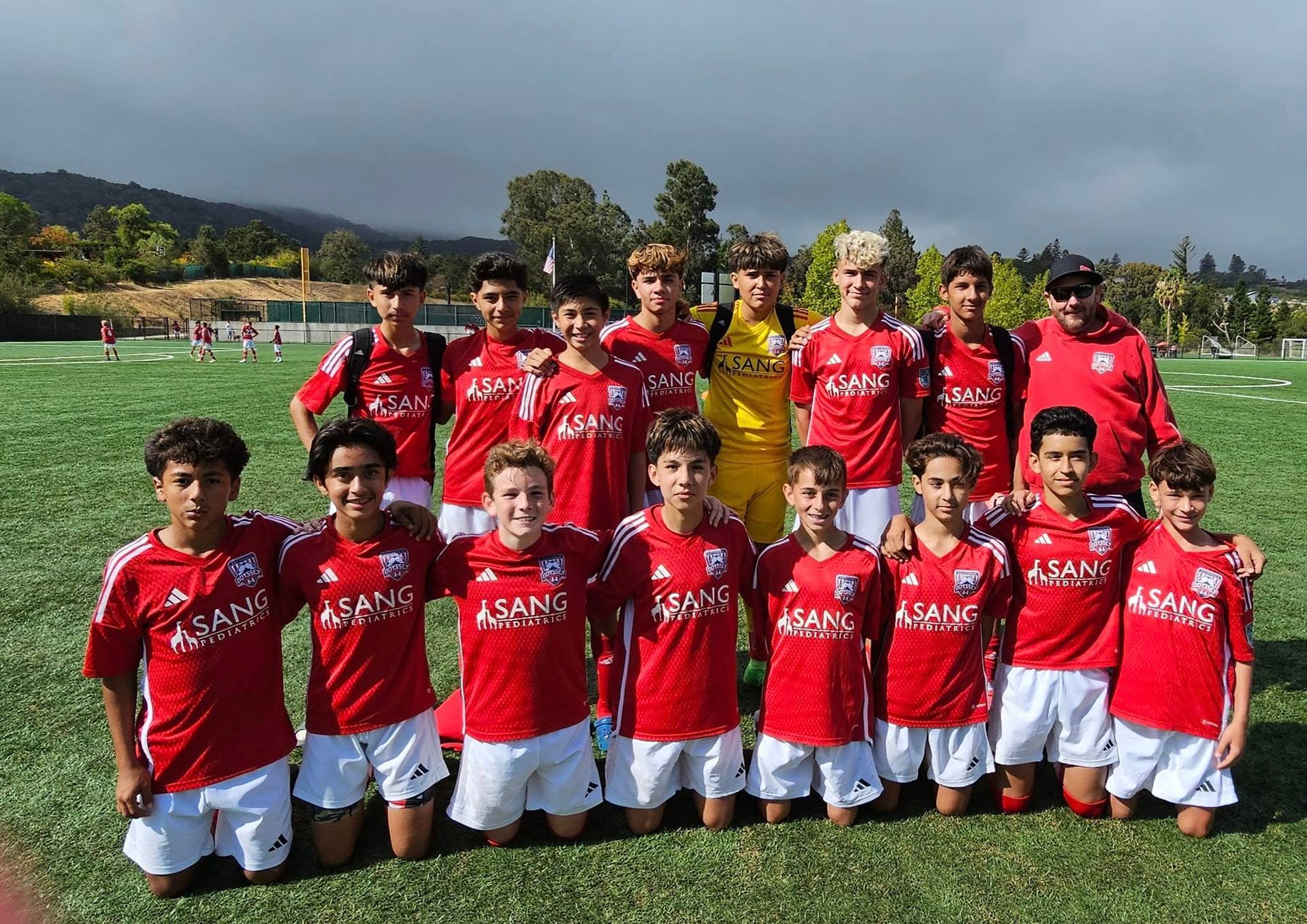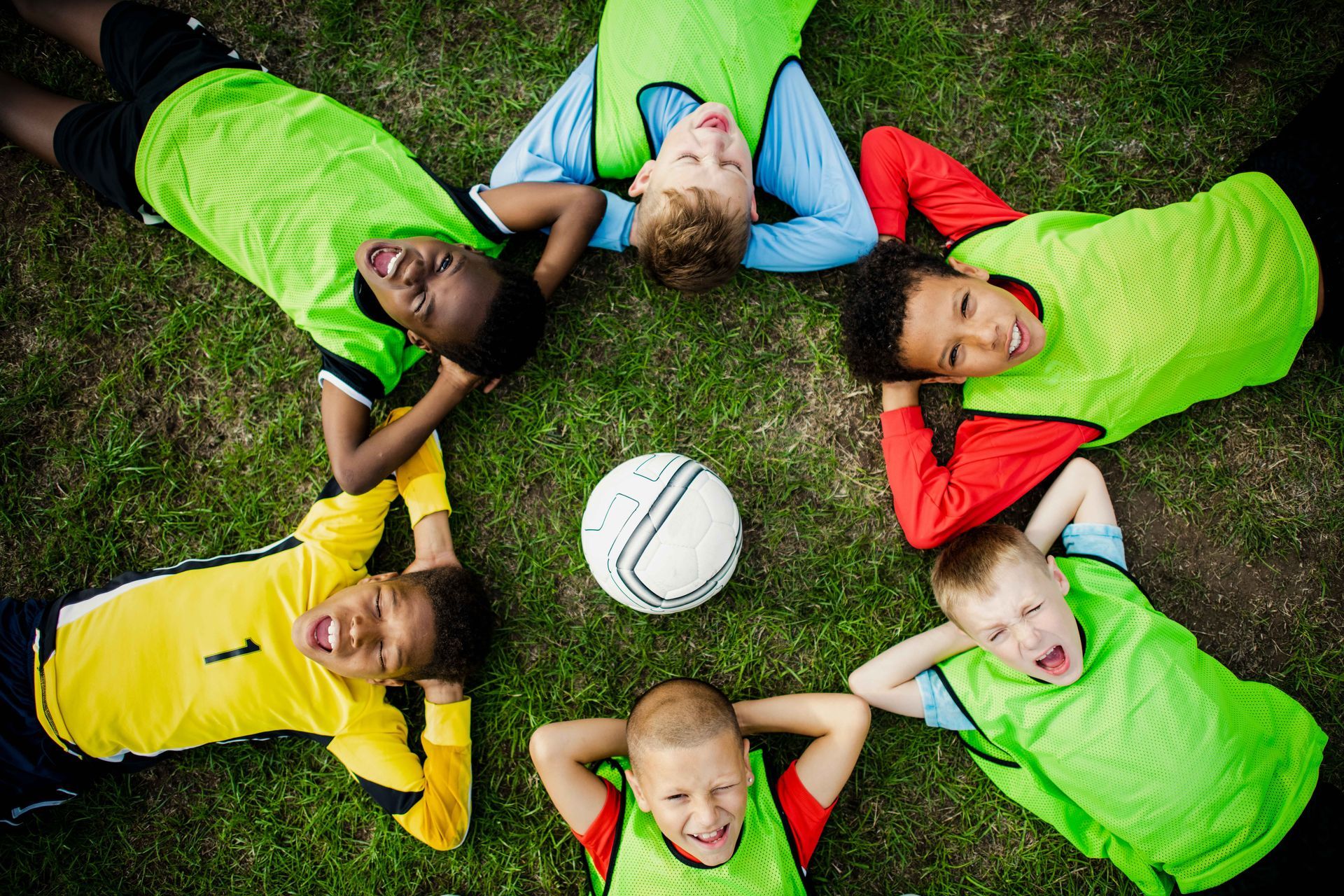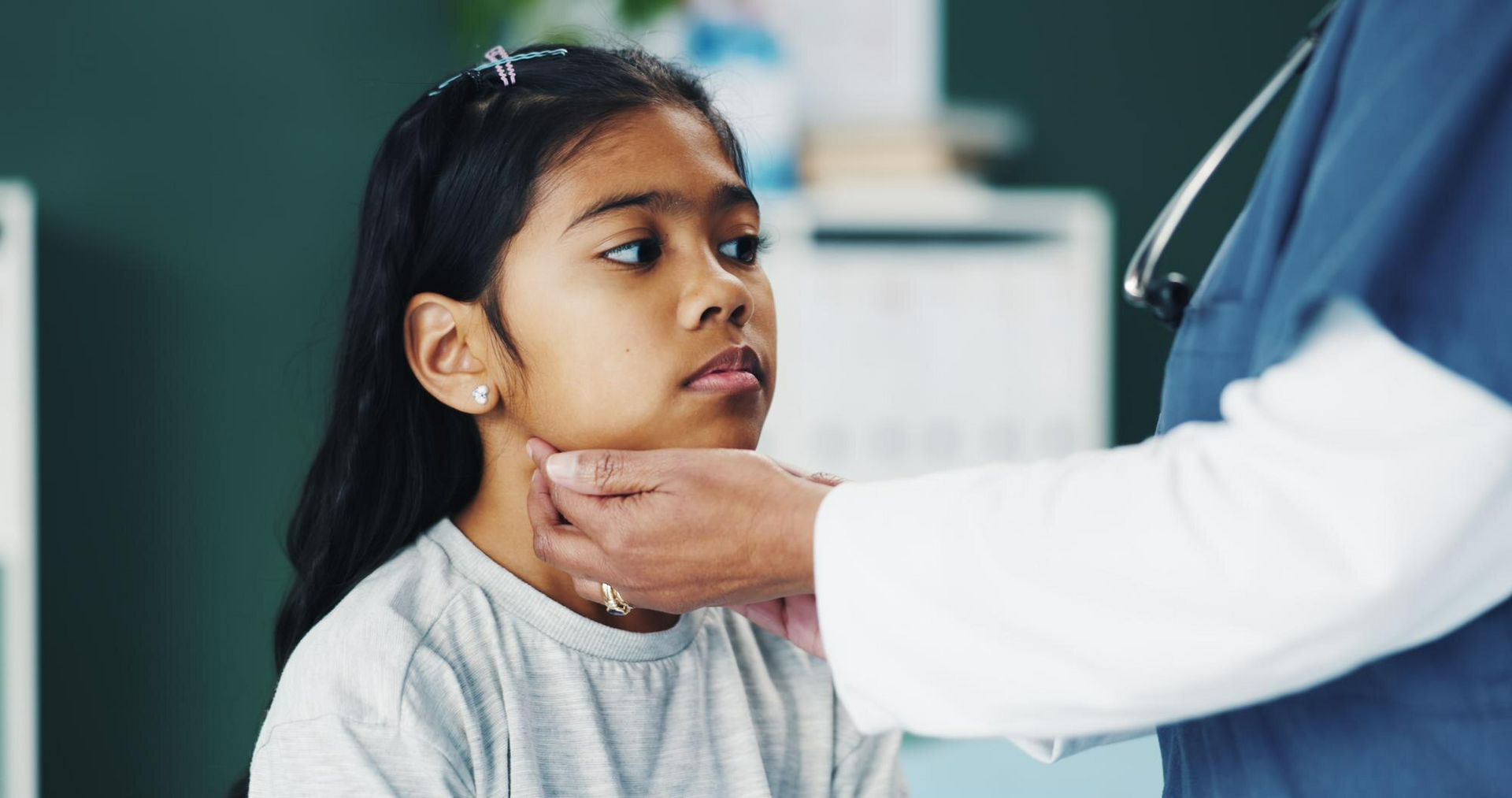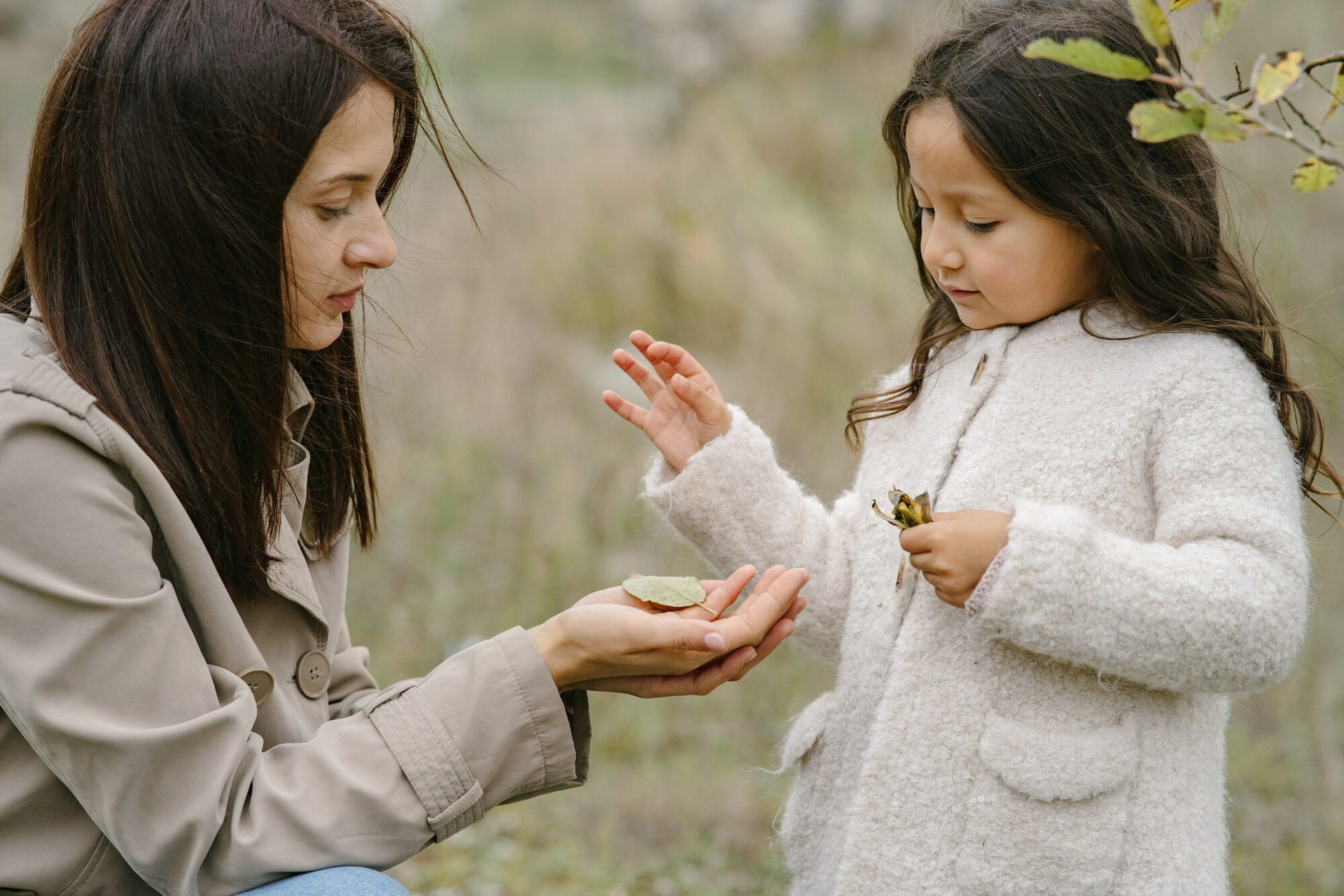Children are not immune to headaches and migraines, which can be just as debilitating. They cause pain, which can make kids feel uncomfortable, and they can interfere with school work and other activities.
Throughout this article, we'll walk you through the different types of headaches a child may experience and how to relieve headaches.
What Are Headaches?
Headaches are pain, pressure, or tightness in the head that can affect one or both sides of the head at once. Mild illnesses like colds and flu cause most headaches in children. Or they can root from the following
- stress
- allergies
- poor posture
- certain foods
- lack of fresh air
- muscle tension
- change of weather
- lack of sleep
Headaches in children can also be a sign of more serious problems. A physician should evaluate children who experience chronic or severe headaches to rule out underlying causes such as tumors or other serious conditions.
There are many types of headaches in children. Some of the more common types include:
Tension Headache
In general, tension headaches affect most people. The pain can seem worse when you lie down or bend forward. Tension-type headaches often occur with muscle tension and tightness in the neck and scalp, which may cause mild to moderate pain behind the eyes. Stress, lack of sleep, weather changes, and light exposure can trigger tension headaches.
Migraine
Migraine headaches in children are most often caused by changes in hormone levels during puberty and menstruation. They also can occur due to environmental triggers like weather changes, loud noises, and stress. Migraines are more likely to affect boys than girls and usually start around the age of 10. Children with migraine headaches may also have an aura before their headaches start. An aura is a visual disturbance like seeing flashing lights or zigzags or having blind spots or double vision for less than 15 minutes before the headache begins. Headaches of this type typically occur on one side of the head, along with symptoms such as visual changes, vomiting, nausea, and increased sensitivity to sound and light. It lasts for four to 72 hours in most people, but some suffer from multiple attacks throughout the day.
Cluster Headache
Unlike other types of headaches, cluster headaches are less common but can be very severe and cause a lot of pain. It usually starts suddenly and lasts several weeks before going away for months or years. During an attack, your child may feel a stabbing pain on one side of their head, usually around the eye or temple. They may also experience an eye-watering, runny nose, stuffy nose and drooping eyelids during an episode.
How to Relieve a Headache: 10 Home Remedies for Headaches
If your child suffers from chronic migraines and headaches, there are headache home remedies that can help ease the pain and reduce their frequency. Here are ten ways:
1. Let Your Child Rest
Rest is the best among the natural remedies for children's headaches. If their head hurts, it's essential to let them rest and avoid activities that might worsen the pain. This includes physical activity, reading, watching TV, and using the computer. Have them rest and sleep in a quiet, dark room until the pain subsides.
2. Give Your Child a Massage for Headache Treatment
Massaging your child's head can help relieve some of the pressure that causes a headache. Rubbing with gentle pressure along the top of the head will help relieve tension in the scalp while massaging along the temples will help ease pressure on those nerves in this area. Even a few minutes of relaxing massage can be enough to provide relief from mild headaches.
3. Have Your Child Hydrate
Many children experience headaches when they have not been drinking enough fluids or have become dehydrated. Water helps prevent dehydration and may help ease some types of headaches. Drinking enough water helps maintain the balance of electrolytes in the body, essential for proper nerve and muscle function.
4. Try Warm Compress
Apply heat to the back of your child's neck and forehead using a heating pad or warm washcloth for about 10 minutes every hour until he starts feeling better (do not apply directly to the skin). The heat helps relax tense muscles and reduce inflammation in tissues around the head and neck area that may be causing pain.
5. Use Ice Packs
Give your child a cool compress to help relieve pressure and pain. Ice packs work best when wrapped in a thin towel or cloth so they won't burn sensitive skin areas such as the nose or eyelids. Place an ice pack over each temple for 15 minutes until the headache disappears completely.
6. Give OTC Medication
The most common treatment for migraines is medication. Over-the-counter medications such as ibuprofen (Advil) or acetaminophen (Tylenol) can help decrease pain and fever. Underage children should not be given aspirin because of the risk of
Reye's syndrome — a severe illness that may cause liver and brain swelling — in young children with viral infections like chickenpox or flu-like symptoms.
7. Avoid Triggers
Find out what triggers your child's headaches and try to avoid them as much as possible. There are several triggers, such as fatigue, certain foods, hunger, and stress. For some, it can be external factors such as bright lights, noise, or changes in weather.
8. Alleviate Allergies That Cause Frequent Headaches
A child's frequent headaches or migraines may be due to
allergies. Allergies often cause nasal congestion, leading to sinus pressure and headaches. To help alleviate allergy symptoms that cause frequent headaches in children:
- Keep the house clean, especially the bedding, upholstered furniture as well as carpets and rugs
- Wash bedding weekly to remove dust mite allergens
- Close your windows when pollen season is in full swing
- Clean, replace or install
HVAC filters in your air conditioning system
- See an allergist for proper treatment
9. Use Relaxation Techniques
Stress and
anxiety can contribute to headaches in adults, but they're even more likely to cause headaches in children. Help your child relax by playing music or reading together. If these methods don't work, consider taking a walk outside or doing something fun together. Slow deep breathing may help reduce the stress and pain of your child's headache.
10. Try Aromatherapy
Aromatherapy is another effective natural headache remedy for a child experiencing headaches. Essential oils, including lavender, eucalyptus, and peppermint, help relieve pain and anxiety. Lavender oil is a popular choice because it has anti-inflammatory properties that help reduce pain.
To prevent irritation, dilute these essential oils before applying them directly to your child's skin. You can mix these oils into a carrier oil such as coconut or olive oil. This can be used in several ways:
- Place some drops of oil in a bowl of steaming water and let them inhale the steam.
- Apply some diluted oil directly onto your child's temples or forehead.
- Apply the diluted oil in circular motions to your child's back.
When to Seek Medical Care
You need to understand that not every headache is the same. For most children, headaches are not a serious condition. However, for some children, headaches can signify a more severe problem like
meningitis, brain tumor, or concussion.
Notify your family doctor if your child has a headache that lasts longer than two days, a recurring weekly headache or if you have any concerns about the type or intensity of the pain. Here are additional warning signs that warrant a visit to the doctor.
- Seizures
- Persistent nausea and vomiting
- Fever higher than 100°F (38°C)
- Double vision, weakness, numbness, or loss of coordination
- Loss of consciousness or confusion
- Headache with fever, stiff neck, rash, or other symptoms
- Weakness or the feeling of numbness on one side of your body
- Headache that starts after a fall or an injury
Consult with Sang Pediatrics!
One of these home headache remedies may work for your child. However, if your child experiences migraines frequently enough to interfere with daily life, talk to our doctor, so they can rule out any serious medical conditions and prescribe the necessary treatment.
Call
Sang Pediatrics at (559) 268-1737 or book an appointment online for the best pediatric care in Fresno, CA.

